Editor’s note: This article was originally published in October 2018. Updated April 2022.
The hen of the woods mushroom (Grifola frondosa) is one of the most, if not the most, commonly foraged mushrooms in the northeastern United States. Also often known as the maitake mushroom, hen of the woods is native to both the United States and Japan. It has a long history of use as an edible mushroom and also as a medicinal ingredient in traditional Japanese medicine.
Hen of the woods is a mushroom that beginners can learn to identify relatively easily. It also can get very large and it is perennial which means that it reappears in the same spot year after year. It’s delicious and an extremely healthy ingredient to add to your diet. There are 3 tasty wild edible mushrooms that are easy to forage, and that also happen to be named after fowl. And hen of the woods is one of them. Along with chicken of the woods and turkey tail. All fowl named fungi!
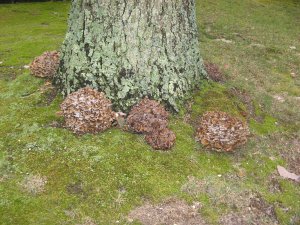
Edibility and culinary use of hen of the woods
Hen of the woods mushrooms can be cooked in the same way as other popular culinary mushrooms, such as white button or shiitake mushrooms. The only difference affecting preparation is the size and age. Mature hen of the woods mushrooms can have a tough base which may need to be discarded if it can’t be easily chewed. The softer outer edges of the hen of the woods can be pulled apart instead of cut to preserve the unique texture of the mushroom.
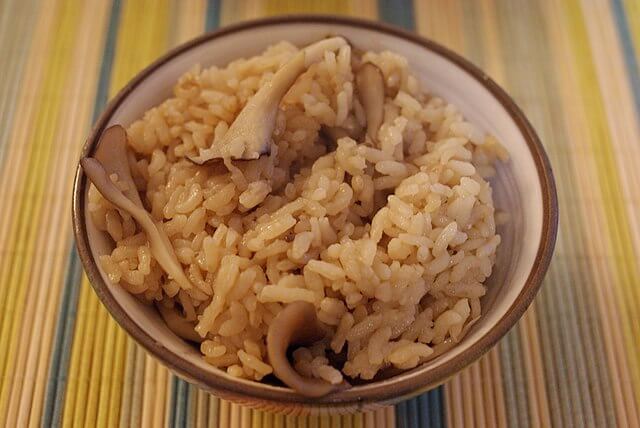
Hen of the woods has a mild mushroom flavor that goes well with almost anything and isn’t overpowering. Here is a quick saute hen of the woods recipe. It’s widely eaten in Japan and Korea, particularly in rice dishes. Although hen of the woods is native to the US, I have not found any literature stating specifically that hen of the woods was a common Native American food. But given all the benefits, my hunch is that it was.
Health Benefits of hen of the woods
Hen of the woods is well known for its many health benefits. Maitake mushroom extract pills and maitake mushroom extract liquid are both commonly used for the many health benefits of hen of the woods. One of the keys to the powerful health benefits that hen of the woods offers is beta-glucans. It’s a compound that is linked to reducing heart disease and stimulating the production of chemicals that aid the body in fighting infections.
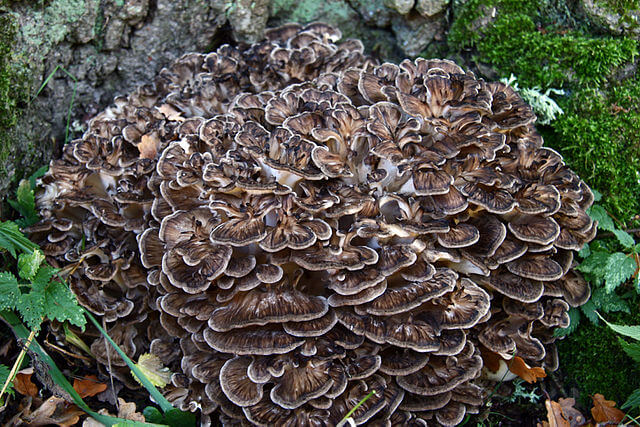
Beta-glucans are well known in the medical industry as a stimulant to boost the immune system. It is also used in the treatment of HIV and other immune-suppressing conditions. Many people eat hen of the woods as they believe it has cancer-fighting properties. Although further research is needed. Hen of the woods is linked to reducing heart disease as the beta-glucans help to lower cholesterol.
Cautions and lookalikes
The only cautions here are correct identification. There are no poisonous lookalikes, but it’s still always important to identify mushrooms to an extremely high degree of certainty if you plan to eat them. When foraging any wild edible, make sure to follow safe foraging guidelines. Tips include not foraging in landscaped parks that could be treated with pesticides.
One mushroom that may be confused with hen of the woods is the black staining polypore (Meripilus sumstinei). There are some differences in growth patterns and coloration including the black staining coloration of the black staining polypore. The good news is that black staining polypore is also edible, if slightly rubbery. But for the sake of improving your familiarity with specific mushroom species, it’s always recommended to focus on correct identification.
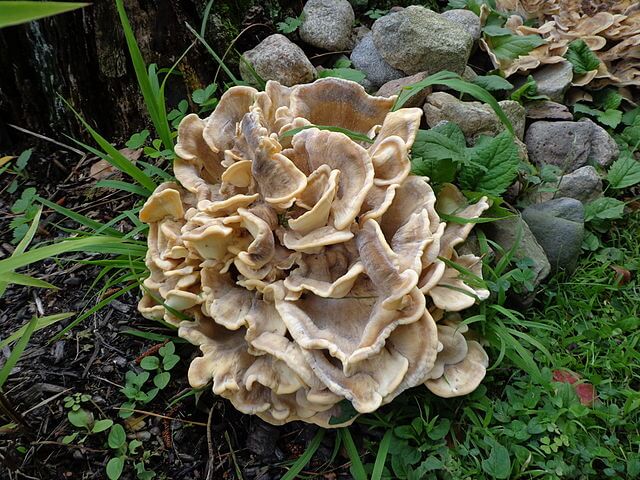
How to ID hen of the woods
Hen of the woods commonly grows at the base of oak and maple trees in late summer or early fall. One of the first things to look for when identifying any mushroom is whether it’s a polypore like chicken of the woods and turkey tail mushroom. Or, whether it’s a gilled mushroom, like shiitake. The hen of the woods (maitake) mushroom is a polypore which means that the underside of the cap is a finely porous sponge-like surface and not mushroom gills.

Another primary identification characteristic is the bunching growth pattern, which can be seen in the photo below. Also, keep in mind that the color can vary. Most commonly the top of the mushroom caps will be grey or brown but can also be lighter colors including shades of tan or beige. However, the underside is always white.

Conclusion
There are many clear reasons why hen of the woods is one of the most commonly foraged mushrooms. It’s perennial, easy to identify, not to mention its great flavor. It was actually one of the first wild mushrooms I’ve ever tried, and one that I always like returning to. If you find a clump of hen of the woods, remember to return annually in early fall to harvest and make the most of this delicious wild edible.
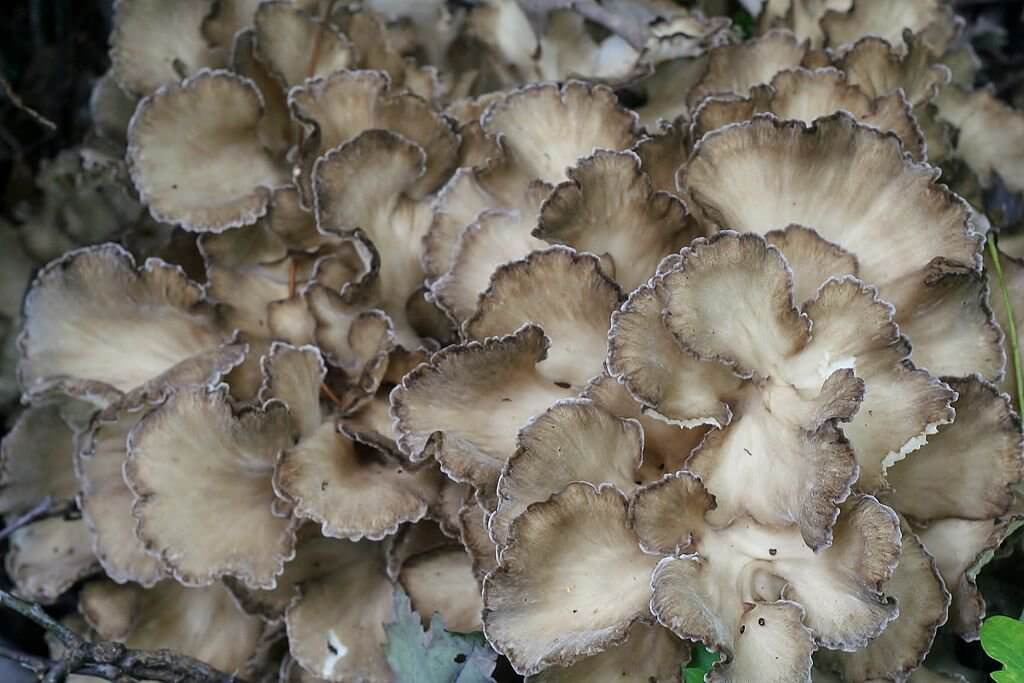

Featured Image: Hen of the woods cluster photo by Lukas on Wikimedia Commons
Many of our readers find that subscribing to Eat The Planet is the best way to make sure they don't miss any of our valuable information about wild edibles.
See our privacy policy for more information about ads on this site







8 Responses
Can hen of the woods be bright orange?
No.
You might be thinking of Chicken of the Woods, another delicious polypore
that’s chicken of the woods
That would be chicken of the woods
That would be Chicken Of The Woods. Make sure it has pores and not gills.
This is one of the best articles I have ever read regarding mushrooms.
Very informative, clear and exciting (…to the point that I want to run into the woods and hunt for those “hens” right now!
There are really no questions left for me that you haven’t covered.
Excellent pictures, too.
Thank you so much!
Does Hen of the Woods grow in central Arizona or Northern Arizona and where??